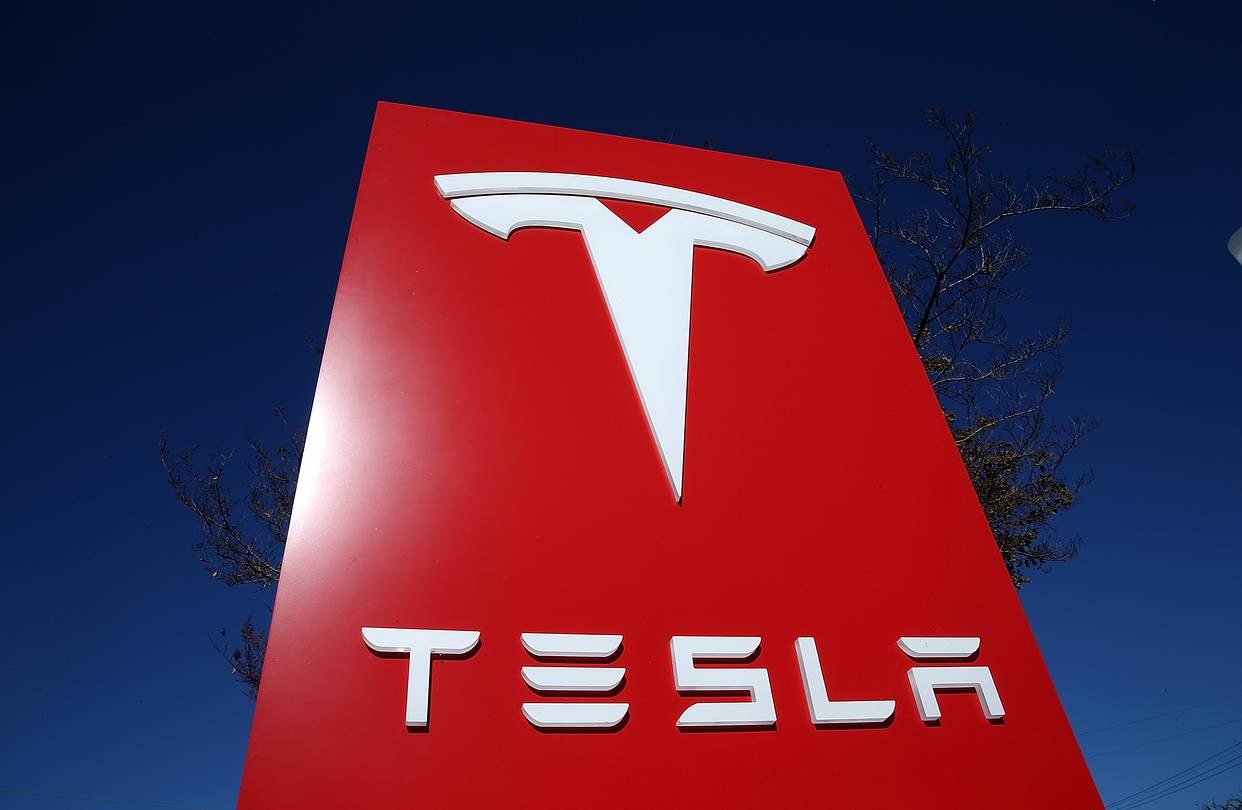Researchers at ValuAnalysis, a London-based fund manager and equity investment boutique specializing in valuation, believe that Tesla, Amazon, and Nvidia are among a group that bucks the trend of conventional valuations.
In short: investors tend to price high-growth companies at a discount, and these technology stock standouts have incredible potential for growth.
The ValuAnalysis fund holds shares in both Nvidia and Tesla, which make up a combined 4% of its portfolio. The fund doesn’t currently hold Tesla.
The rationale
While ValuAnalysis admits that Tesla, Amazon, and Nvidia are “extravagantly priced,” they argue that their research goes a long way to rationalize these companies’ market values.
They cite previous research on the relationship between growth and price, which shows that there is a flattening of the relationship as growth increases. In other words, investors tend to discount high-growth companies relative to their lower-growth counterparts.
Also read:The Stock Market Bubble—and How to Play It
Most company valuations follow a “fading return” model, where it is assumed that returns fade over time. However, ValuAnalysis says that newer, disruptive companies are “anti-fade,” with their ratio of free cash flow to economic assets increasing over time. This gives these companies the ability to better use new types of operational leverage that stem from their disruptive business models.
“There is a very special moment right now, where you’ve got high growth and certain anti-fade profiles, and this combination is going to give you optically crazy multiples,” the report’s author, Pascal Costantini, told Barron’s. “But actually, behind this, the assumptions are fairly banal.”
ValuAnalysis is run mostly by
Deutsche Bank
veterans. Costantini ran the cash return on capital invested team at Deutsche for years and wrote a book on the subject of valuation.
Tesla and the energy challenge
Tesla is the “archetype” of speculative stocks, ValuAnalysis says, because the company trades at around 16.2 times its net economic assets. However, if you buy into the idea that battery-electric vehicles will eventually take over from internal combustion vehicles, the valuation can begin to make sense.
ValuAnalysis says that if electric vehicles make up 8% of the automotive market in 2025, which is in line with
JPMorgan’s
sector analysis, Tesla could sell up to 2 million vehicles—four times this year’s expected sales—and turn over around $80 billion.
Plus: Is Tesla Stock a Good Bet or Seriously Overvalued? Two Analysts Weigh In.
Leveraging research and development and modestly improving margins would propel Tesla’s ratio of free cash flow to economic assets to high double digits and make it grow even more, the researchers argue. Their analysis is that, on this basis, Tesla is currently trading at 61 times 2025’s conservatively-projected net free cash flow.
Tesla is the most risky of the three companies they profiled, Costantini says, because it still doesn’t dominate the market it has revolutionized. It is possible that automotive competitors could take market share away from Tesla and curb its potential for growth.
But “there is nothing extraordinary in the assumptions that are hidden in the price of Tesla shares,” Costantini says. “They could still be wrong, but they are not crazy.”
Amazon’s global platform
Amazon is the most established and largest of the “antifade” companies ValuAnalysis profiled, and represents a company with major operational leverage, Costantini says.
This is because the marginal benefits that Amazon can offer consumers is multiplied from its instant global reach. This “platform effect” is a phenomenon of the internet age that allows tech companies to leverage their advantages.
The ValuAnalysis researchers believe Amazon isn’t overpriced because its antifading profile has been stable for years, it generates around $20 billion in free cash flow a year, and is led by a chief executive that is obsessed with innovation.
Nvidia’s dominance in future tech
ValuAnalysis believes that Nvidia’s dominant position in innovative fields of the chip industry “more than justifies” its high trading multiple. The stock trades at over 60 times its normalized net free cash flow.
“They created for themselves verticals such as data centers, autonomous vehicles, and internet-of-things through artificial intelligence that has created a market that no one has been able to replicate,” Costantini says. “They clearly have an advantage that is so big now that it is difficult to see how anyone can catch up with them.”
Costantini says that if Nvidia’s acquisition of Arm goes through, it will even further solidify its position. “If I were
Intel,
I’d be really worried.”
But could there still be a bubble?
Yes. The ValuAnalysis team are keenly aware that even publishing this research risks marking “the peak of the biggest bubble in history.”
“This would certainly make me look like an idiot,” Costantini says. “There is this risk.”
Other analysts argue that the unique combination of coronavirus conditions and central bank policy have sent stocks into a frenzy this year, and the prevailing consensus is that there is, to some extent, a bubble in stocks driven by tech companies.
Many market watchers connect today with the dot-com bubble and bust of 20 years ago. But Costantini makes the case that the recent surge in tech stocks is markedly different.
Companies simply weren’t generating the cash flow and revenues seen today in that period, he says. Those were on the whole smaller, more speculative companies and there wasn’t the same inevitability of new technologies and market trends like 5G and electric vehicles. He is staking his reputation on it.

























